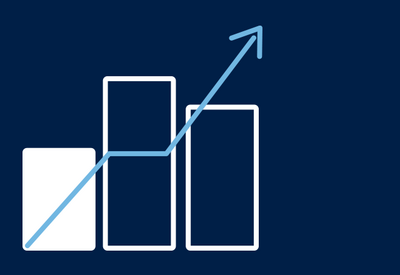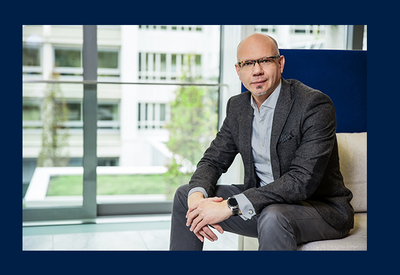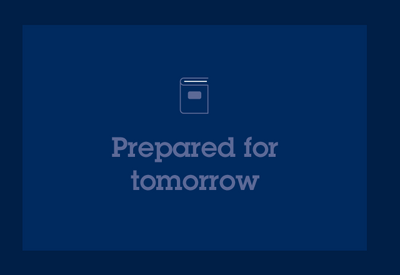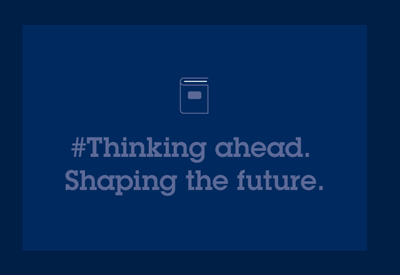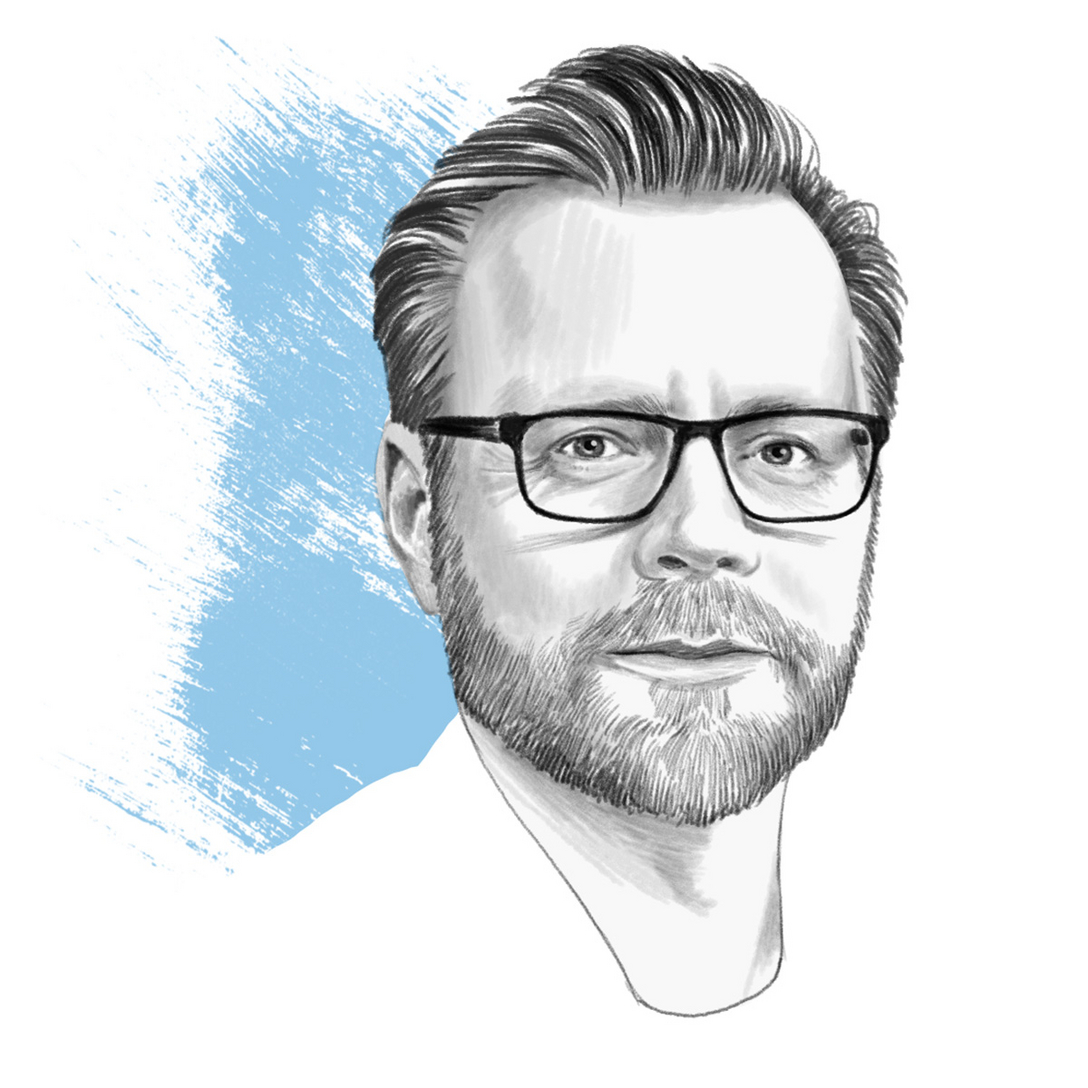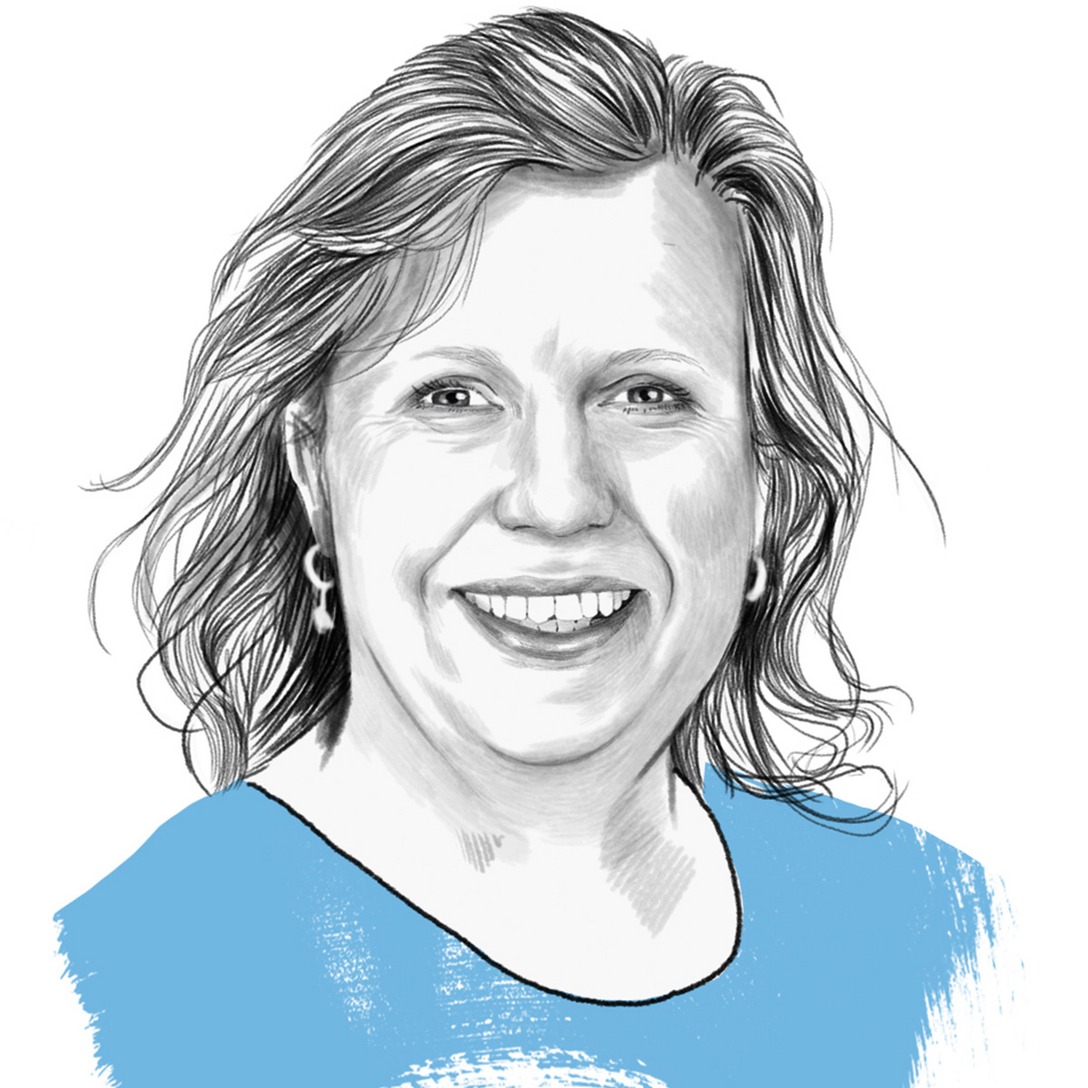YOUR COMPETITIVE ADVANTAGE.
How do we learn?
What makes good education and continuing professional development? How are people able to learn best? Christian Friedrich of Haufe Akademie and Birgid Schlasius, Director of Organisational and Human Resources Development at Aareal Bank, discuss new paths in personal development.
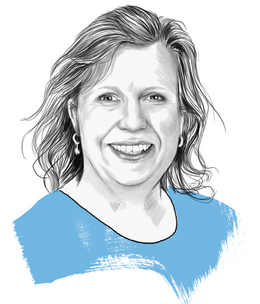
Birgid Schlasius works in Aareal Bank’s HR division. As Director Human Resources Development, she has been and continues to be instrumental in the development of Learning@Aareal, the new approach to education and continuing professional development at Aareal Bank.
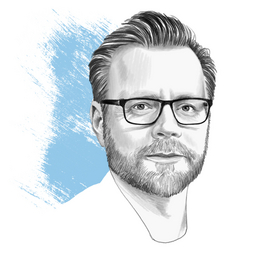
As a Managing Director of Haufe Akademie, Christian Friedrich champions the advancement of innovative learning methods and solutions. He has many years of experience as the CEO and COO at digital and e-learning agencies and is a certified business and management coach.
Ms Schlasius, Mr Friedrich, is continual learning more important today than before?
Birgid Schlasius: When I got my higher education entrance qualification (Abitur) in 1984, the head of the school said: “Over the course of your careers, you will change jobs at least three times – possibly without even noticing.” And even the Ancient Greeks said that it was impossible to set foot into the same river twice. What does this mean? Continual learning has always been important.
But what has changed massively is the half life of knowledge. That has to do with the type of innovations we are dealing with today. To give you an example, the first iPhone came on the market not even 15 years ago, yet in such a short period of time it has impacted our lives so fundamentally that many people can hardly imagine getting through the day without a smartphone.
Christian Friedrich: I see it the same way. There have always been changes in work. But the speed at which new things enter our working reality has accelerated. There is a reason people say that global knowledge doubles every eight years. For companies and their employees, today that means that they need to invest more time and be more agile. That applies to both subject-specific issues as well as the big question of how the way we work, and work together, is changing.
How can employees be motivated to regularly participate in continuing professional development (CPD) and earn qualifications?
Friedrich: A very important point is the fascinating way knowledge is conveyed within a context that interests employees per se. To give you an example, when I was a child, the idea of summer school was torture. But if there had been a summer course about how to build a bicycle yourself, you couldn’t have torn me away, and I almost inevitability would have automatically learned geometry as I was screwing the bike together. Putting knowledge into a context that allows curiosity to blossom – that is the tremendous art of HR development.
For me, it is important to add another point. The goal of CPD is on the one hand organisations’ future viability, on the other hand it is maintaining people’s employability. Both sides are needed when it comes to ongoing learning, and the motivation for it.
Schlasius: That is perfectly true. My view on the issue of motivation is that we need to stop thinking about how people are motivated and start thinking about how to stop people from being demotivated. In my experience, co-workers start off with lots of curiosity and a desire to learn, and that is exactly what we need to draw out. We want to take advantage of that internal motivation in our employees and make accessing knowledge and CPD easy to get. If they want to educate themselves, the way there should absolutely not be complicated. Easy access to interesting subjects – that is more than half the battle.
What CPD methods or tools will play a bigger role in the future when it comes to presenting content attractively and easily?
Friedrich: For me, the underlying question is: how do people actually learn? And the answer is that we like to look to others for inspiration, try things out, hone our abilities over time. We learn collaboratively, interacting with others. And we like to learn things that we have a personal interest in.
As for the methods and formats, there are always different trends on the market. Right now, for instance, virtual reality and augmented reality are hot topics. But with that in mind, I do not put a lot of stock in absolute statements like “in-person training was yesterday, the future is digital.” The subject matter context, personal relevance and the window of time available – it’s a wide range of factors that determines the right method. When we succeed in structuring offerings in such a way that they are able to cover these individual factors, we’ve made a big step in the right direction.
Schlasius: Ways of working change, and so too do ways of learning. Our experience at Aareal Bank is very much in line with what Mr Friedrich has said. Our approach is to assemble a combination of online content and sessions where people can engage with others. People should be able to shape their individual personal development paths as it suits them according to context, speed and the manner in which information is presented.
Ms Schlasius, Mr Friedrich, thank you for sharing your thoughts.
Living differently, working differently
Re-defining work. Aareal Bank not only addresses innovative working models and continuous learning – but also the issue of carbon emissions.
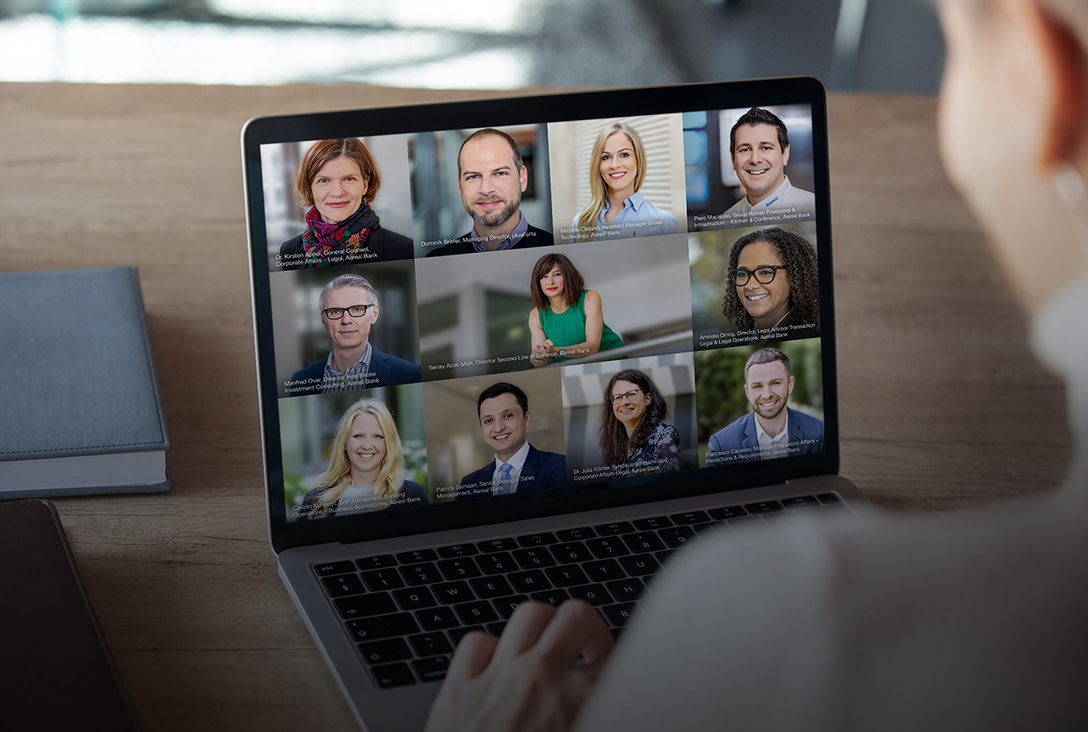
![[Translate to English:]](../../fileadmin/_processed_/b/6/csm_aareal_navi-teaser_konzern@2x_f3a163abdc.png)
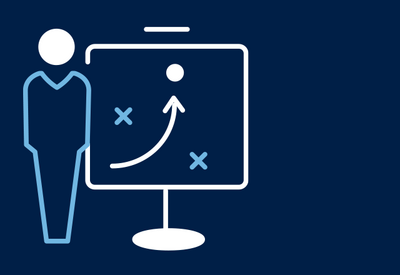
![[Translate to English:]](../../fileadmin/_processed_/f/e/csm_aareal_navi-teaser_transaktions-highlights@2x_475e048233.png)
